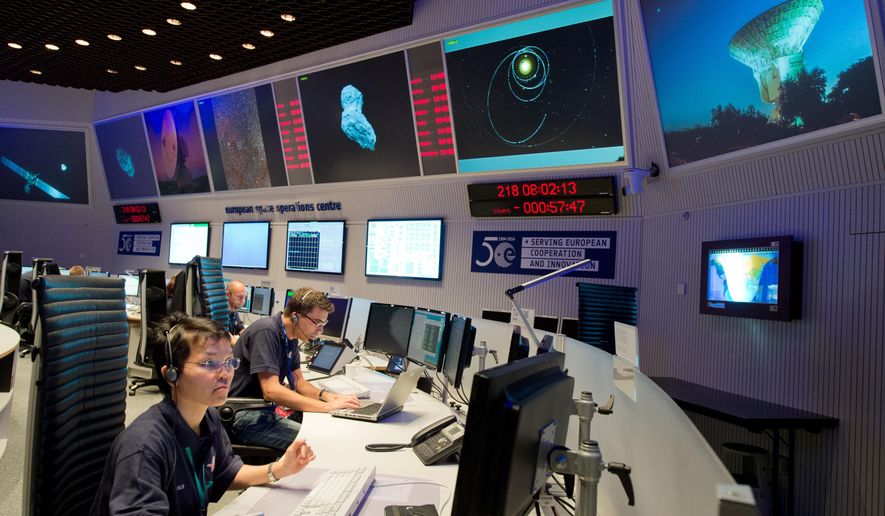Telescopes and the Mars rovers are training their lenses in the near-space around Mars, where comet Siding Spring will pass within 87,000 miles of the Red Planet — or less than a third of the distance between the Earth and the Moon — BBC is reporting.
Siding Spring, also known as C/2013A1, originated in what scientists call the Oort Cloud, a region of space that lies far beyond our Solar System. As the comet nears the sun, it is being warmed and developing the traditional tale, or coma, consisting of melting ice and debris.
“Siding Spring probably got knocked into the inner Solar System by the passage of a star near the Oort Cloud,” Carey Lisse, of the Johns Hopkins University Applied Physics Laboratory, told the BBC. “So think about a comet that started to travel probably at the dawn of man, and it’s just now coming in. And the reason we can actually observe it is because we’ve built satellites and rovers, and we’ve now got these outposts at Mars. That’s pretty exciting.”
The comet is traveling at nearly 60 kilometers per second. Its velocity is a reminder of why these types of objects must be monitored, according to Jessica Sunshine of the University of Maryland. “If this thing were coming to Earth, we’d have a problem because with only a few months’ warning, you couldn’t really do anything about it,” Ms. Simpson told the BBC.
Observers in South Africa and Australia were tracking the comet during the evening Sunday.
• Eric Althoff can be reached at twt@washingtontimes.com.




Please read our comment policy before commenting.